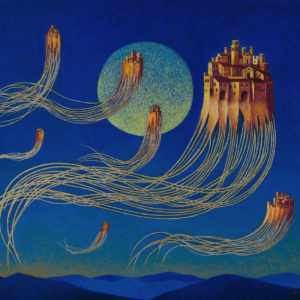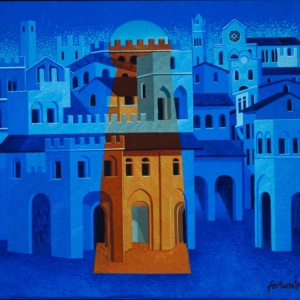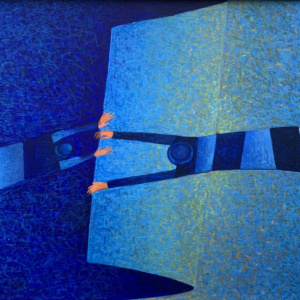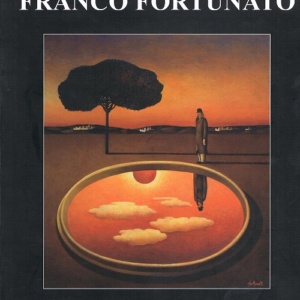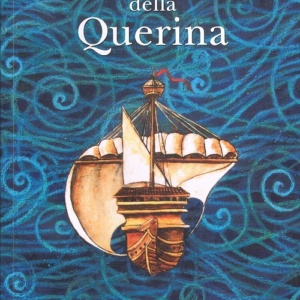Franco Fortunato
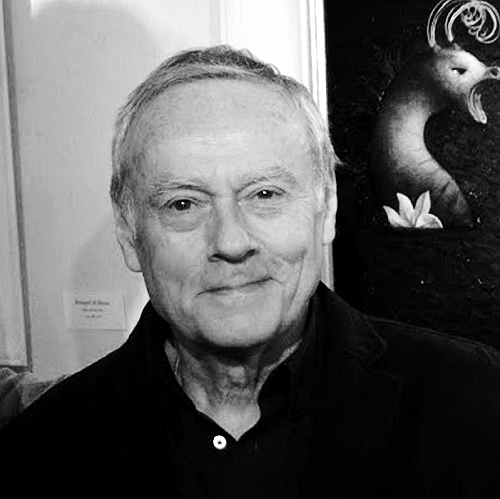
PAINTINGS
CATALOGUES
ARTISTS
Franco Fortunato was born in Rome in 1946. A self-taught artist, he learnt by studying Italian fourteenth- and fifteenth-century painting, as well as the works of Flemish masters and some early twentieth-century American painters. His works are surreal and metaphysical fantasies, which are characterized by a linear and figurative purity, his drawing being the synthesis of geometric rigour.
After his early artistic experiences, he began to exhibit with the figurative group Il Babuino (The Baboon) in the 1970s, from which he later distanced himself in search of his own language and the need to be totally independent. It was at that time that he started to develop his own specific methods, based on the creation of pictorial cycles that were subsequently shown in various exhibitions at private galleries and public venues in Italy, Switzerland, France, Belgium, Spain, the Netherlands, Great Britain, Germany, Argentina, the United States and Canada.
Among the most important of these series are Storie del parco (Stories of the Park) and Barboni (Tramps), painted between 1980 and 1985, Racconti per l’Europa (Tales for Europe) created in 1992, and Pinocchio (1994). In the mid to late 1990s he created Inventario (Inventory), Città invisibili (Invisible Cities), inspired by the eponymous novel by Italo Calvino, Ritrovamenti (Findings) and Città ritrovate (Rediscovered Cities). The poetic figure of the tramp is a theme that is almost constantly present throughout his work. It is a character who first appeared in 1980 and then went on to live an imaginary life, taking on different forms and coming up against the most varied challenges. In 2000, Fortunato returned to literary themes with series inspired by The Little Prince, followed by Fantastic Architectures (2003) and Moby Dick (2005). In 2010 he painted the drappellone, the victory banner, of the Palio of Siena, and in 2012 he created the monument for the anniversary of the Unity of Italy in Carpineto Romano. In that same year, he designed the set for Giuseppe Verdi’s Il Corsaro, which opened at Teatro Verdi in Trieste in January 2013 as part of the celebrations for the bicentenary of Verdi’s birth. In 2013 he also produced his series of paintings dedicated to The Magic Flute. In 2016, he exhibited La storia della Querina (The Story of the Querina), a large-scale pictorial cycle accompanied by a film of the same name, for the first time at the Palazzo della Cancelleria in Rome. The project was inspired by the life of the sixteenth-century Venetian merchant Pietro Querini. The exhibition was a great success and it was subsequently hosted by the Veneto Regional Council in the halls of Palazzo Ferro Fini, the Villa Fabris Foundation in Thiene (2017) and the Mole Vanvitelliana in Ancona (2018).




